Yemen
Yemen Latest Headlines News Today
-
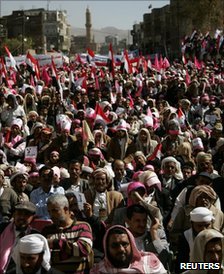
-
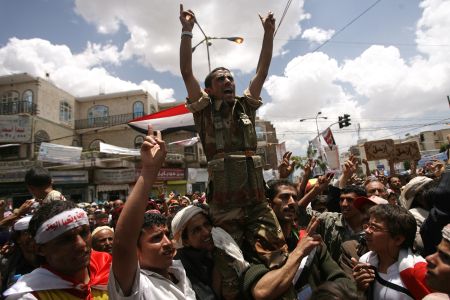
-

-
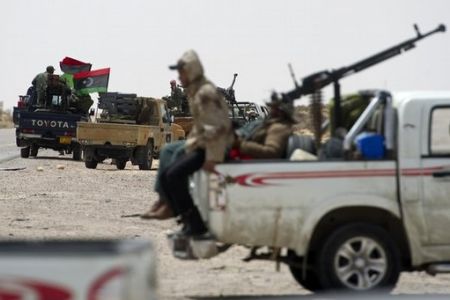 06/04/2011
06/04/2011Fighting rages near key Libyan towns
-
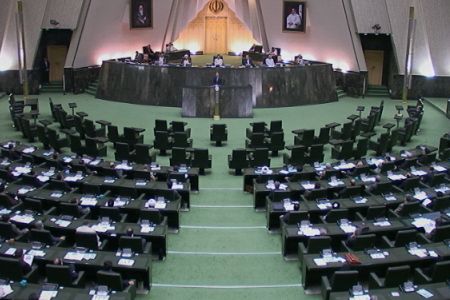 06/04/2011
06/04/2011Iran slams crackdown on ME Muslims
-
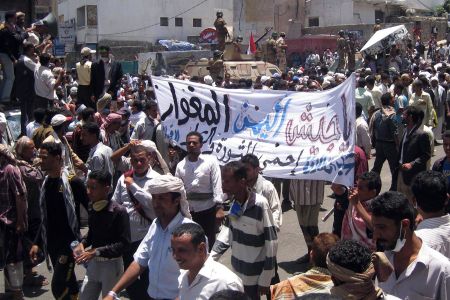 06/04/2011
06/04/2011Yemenis renew demand of Saleh ouster
-
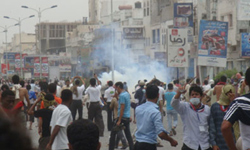 06/04/2011
06/04/2011Large Protests held in Taizz against Regime
-
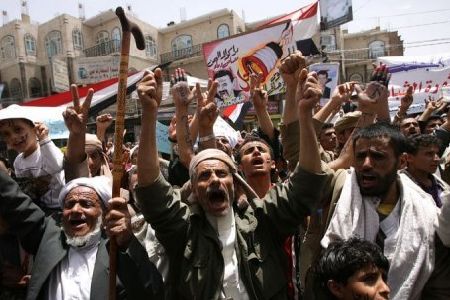 05/04/2011
05/04/2011US to continue arming Yemeni govt
-
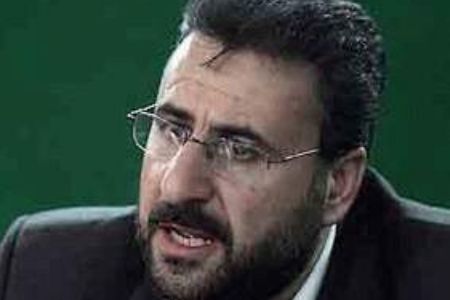 05/04/2011
05/04/2011UK behind ME disintegration plots
-
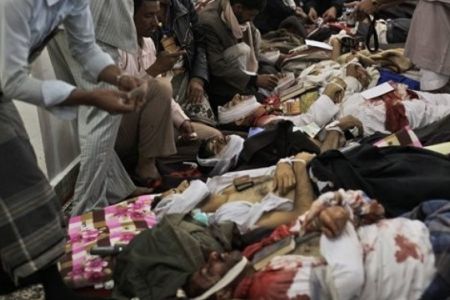 05/04/2011
05/04/2011Yemeni forces open fire on protesters
-
 05/04/2011
05/04/2011Six killed in fresh Sana’a protests
-
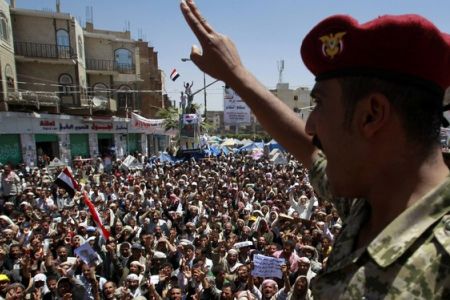
-
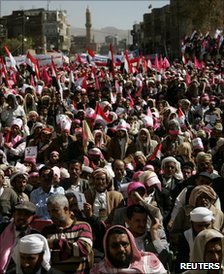 29/03/2011
29/03/2011Yemenis Renew Call On Saleh To Quit
-
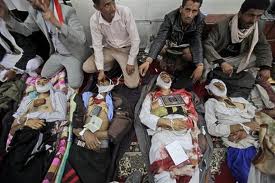 26/03/2011
26/03/2011Protesters return to streets in Yemen
-
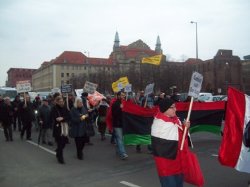 25/03/2011
25/03/2011Pro-freedom activists march in Berlin
-
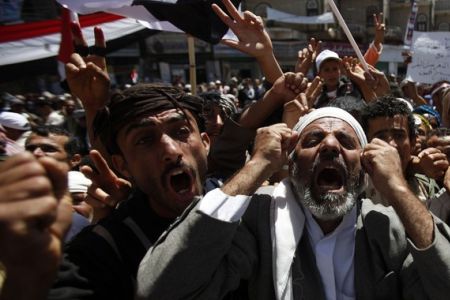 25/03/2011
25/03/2011Yemen troops block roads amid protests
-
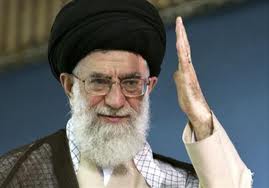
-
 24/03/2011
24/03/2011‘US-Israeli protocol: Divide and conquer’
-
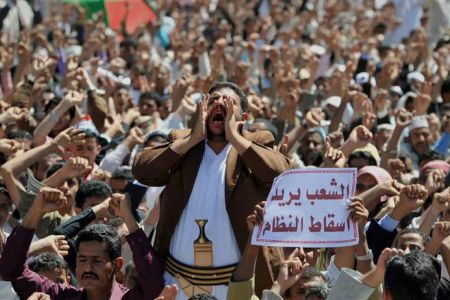 23/03/2011
23/03/2011Yemenis must avoid armed revolt
-
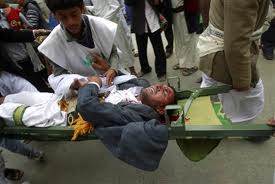
-
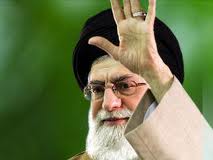
-
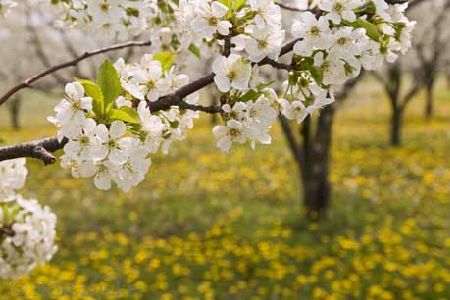 22/03/2011
22/03/2011Iran cancels UN Nowruz festivities
-
 22/03/2011
22/03/2011Saudi-US alliance props up dictators
-
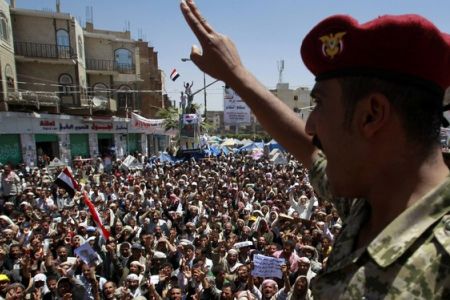 22/03/2011
22/03/2011Yemen opposition rejects Saleh offer
-

The Yemeni flag, which was adopted on the day that South and North Yemen united, consists of black, white and red colors. The withdrawal date is May 22, 1990. The black color on the flag means the darkness of the past, the white means an enlightened future, and the red means the struggle for the country.
Yemen is a Middle Eastern country located on the shores of the Gulf of Aden, the Arabian Sea and the Red Sea. Located on the borders of the Arabian Peninsula, Yemen is located on the southern sides of the country of Saudi Arabia.
Yemen, one of the most populated countries in the world, has a population of 29,825,964 people. It ranks 48th in the world by population based on estimated data from worldometers.info. The population change of the country in the last 1 year has changed by 2.28%.
Yemen is divided into 22 administrative provinces. The country has 333 districts, 2210 municipalities and 38,234 villages. The most important city of the country is Sana, which is also its capital. The cities of Al Mukalla and Aden are two other important cities of Yemen.
The name of the currency in use in Yemen is the Yemeni rial. The printing and distribution of the busbar unit known by the abbreviation YER is carried out by the Central Bank of Yemen. 1 Yemeni rial is equivalent to 0.029 Turkish lira.
The official language adopted in Yemen is Arabic. Apart from Arabic, which is spoken throughout Yemen, Semitic languages, Russian and Balochi languages are spoken. In the country where there are many local languages, English has recently been used actively in some areas. French is one of the languages spoken, albeit very little, usually by outsiders.
The overall economy of Yemen is livestock and agriculture. Dates, bananas, cotton, cereals, coffee and various vegetables and fruits are agricultural products produced. Cattle, sheep, camel and goat breeding form the basis of animal husbandry in the country. While oil is extracted in South Yemen, salt is produced in North Yemen. Some commercial countries of the country; Thailand, Arabia, China and Turkey are countries.
The desert climate prevails in Yemen, which is located at the ends of the Arabian Peninsula. In some regions, mild winds blow, but with the effect of this air, it turns into hot air. The summer season is both very dry and extremely hot. The average temperature can rise to sweltering levels.
Only the interior parts of Yemen, where there is a temperate climate on the coastlines, are very hot. Therefore, the best months to visit the country are between December and March. In periods other than this time period, the temperatures are very high and the air is very dry.
Yemen’s economy has been experiencing significant difficulties in recent years. The problems experienced in the country caused the currency to depreciate and the products found to become more expensive. Most of the people of the country work in poor economic conditions. In addition to the low minimum wages in the country, civil servant salaries are quite low.
In the country where economic difficulties are experienced, the social life is not developed. Art, culture, science and other positively influential fields are not developed. Commerce is among the jobs that were done much less frequently in ancient times. The most important income sources of the people of the country are the livestock and agriculture sector, which are in their fields of occupation.
